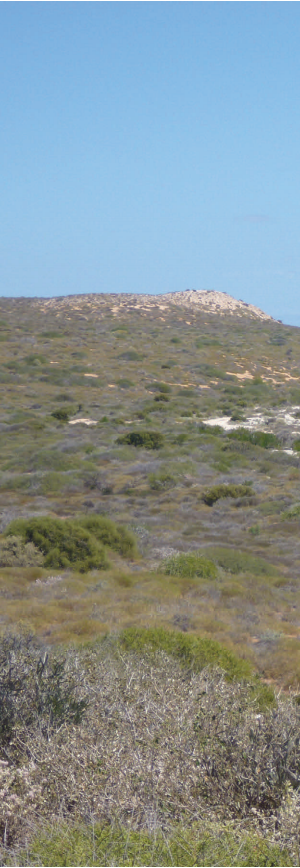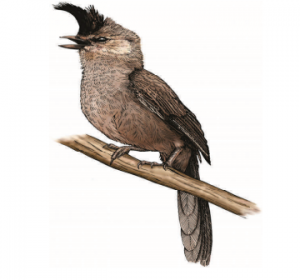Chiming Wedgebill
Chiming wedgebill
Psophodes occidentalis
Description
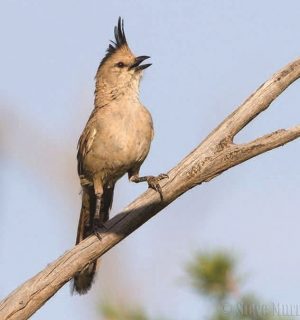
The chiming wedgebill is 190-220mm long and has a dark crest on its head. White-tipped feathers on its long tail fan out in flight and when attracting mates. Adults have black finch-like beaks while young birds have brown beaks. Chiming wedgebills are more often heard than seen with their melodious “did-you-get-drunk?” call ringing out loud and clear in the early morning and late afternoon.
Diet and habitat
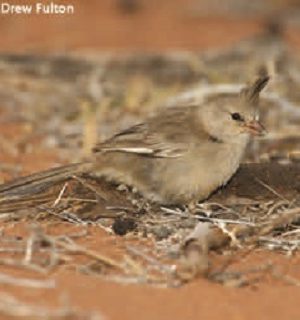
Found in arid areas, chiming wedgebills’ preferred habitats include mulga woodlands. In Shark Bay they live in low shrublands. Wedgebills pick insects off the ground and from small trees.
Breeding
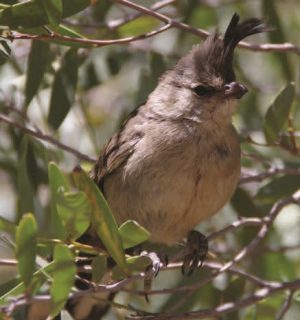
Chiming wedgebills breed from August to November, but will breed February to May if there has been good rain. A female lays 2-3 spotted blue eggs in an untidy cup of grass and twigs in low bush or shrubs.
Distribution
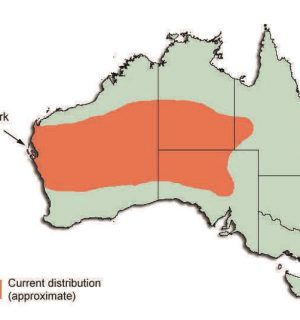
The range of chiming wedgebills stretches from central Western Australia to central Australia. Chiming wedgebills are reasonably common on the Peron Peninsula, especially around Monkey Mia and the Peron Homestead. They also occur on Dirk Hartog Island.
Did you know?
The chirruping wedgebill is a close relative of the chiming wedgebill. The two are almost identical in appearance and the main distinguishing feature is their different calls. They also occupy different ranges, with the chirruping wedgebill occurring east of the chiming wedgebill.
Fact sheet
SHARK BAY
World Heritage
